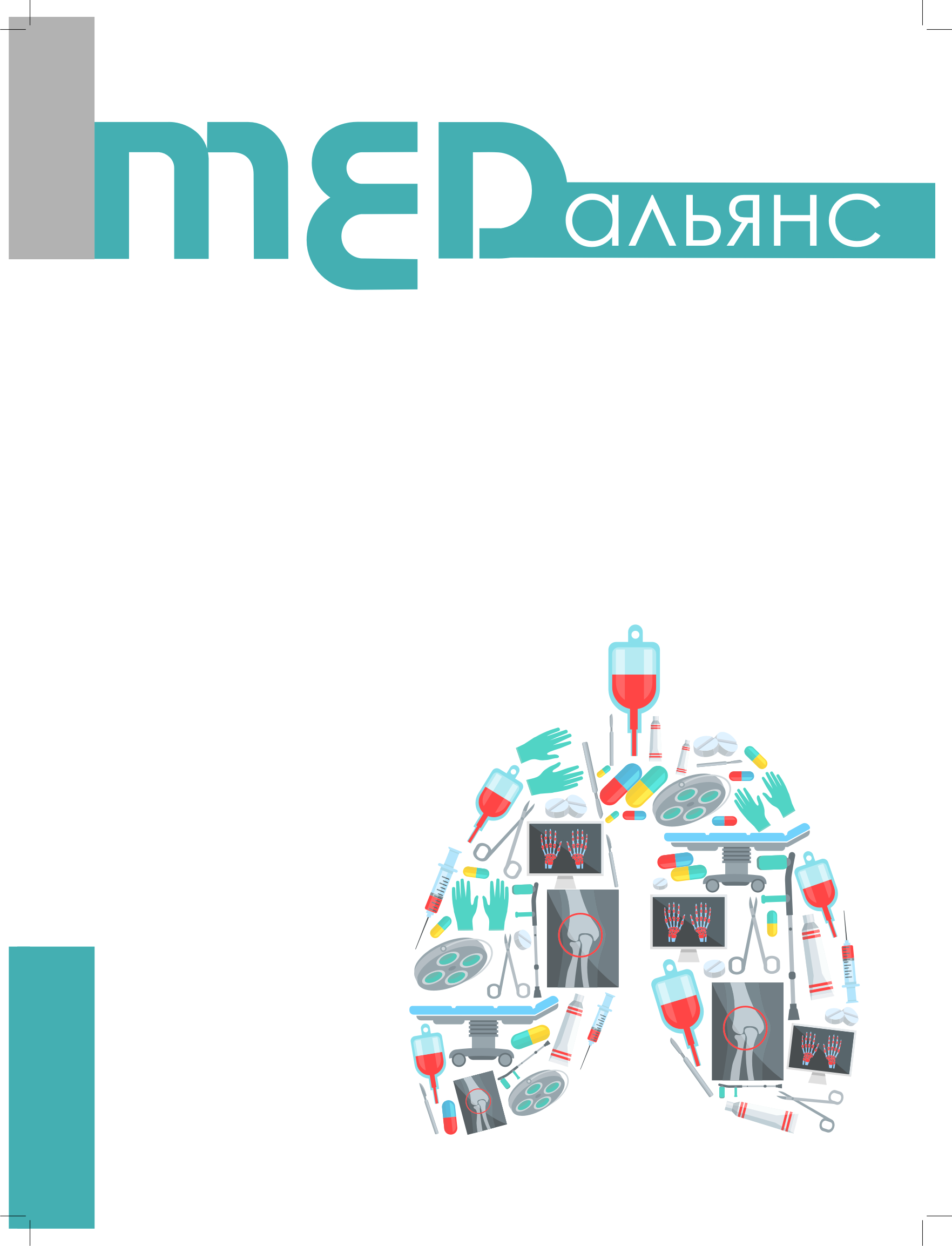Аннотация
Цель: разработать и оценить клиническую эффективность системы искусственного интеллекта по анализу изображений КТ грудной клетки, распознающей ведущие признаки патологических изменений легких при коронавирусной инфекции, и определяющей объем поражения органа.
Материалы и методы исследования. Для обучения и валидации модели пользовались открытыми источниками изображений, включающими анонимизированные полные исследования или отдельные аксиальные срезы КТ органов грудной клетки пациентов, у которых методом ПЦР-идентификации РНК вируса SARS-CoV-2 было подтверждено поражение легких коронавирусной этиологии.
Алгоритм модели: аксиальные срезы КТ органов грудной клетки на вход, сегментация изображений на 4 класса, визуализация и подсчет площади в виде доли (в %), занятой каждой находкой, от общей площади легочных полей на всех срезах, доступных для анализа.
В настоящей работе использовалась сверточная искусственная нейронная сеть для сегментации вида энкодер-декодер с декодером Feature Pyramid Network (FPN) и энкодером на основе классификационной нейронной сети EfficientNet-B5. Для повышения разнообразия обучающей выборки данных, а также защиты нейросетевой модели от переобучения в процессе обучения применяются трансформации входных изображений.
Результаты. Нейросетевая модель с высокой точностью (IoU 0,82–0,97) выявляет диагностические признаки, определяющие степень тяжести поражения легких при новой коронавирусной инфекции, на аксиальных срезах нативной компьютерной томографии грудной клетки. Диагностическая точность модели по определению признаков интерстициальной и альвеолярной инфильтрации превышает точность начинающего рентгенолога и сопоставима с таковой врача-диагноста в предсказании контуров легочных полей и наличия плеврального выпота. Выводы. Модель может быть использована в качестве эффективного интеллектуального ассистента рентгенолога при работе с КТ-исследованиями пациентов с подозрением на коронавирусную инфекцию.

